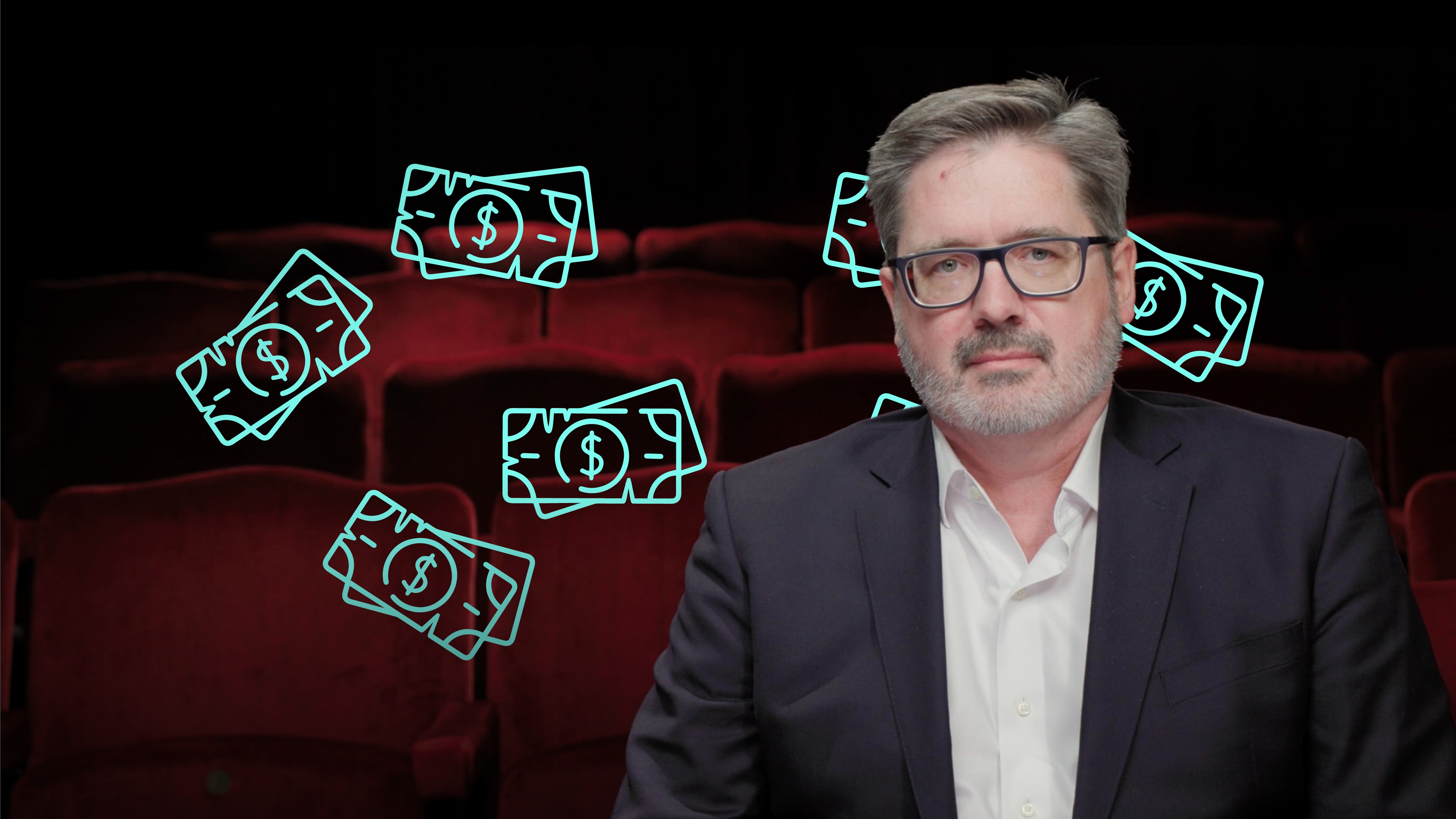
History of Anti-Money Laundering Regulations

Bill Gallagher
30 years: Credit & banking
In the first video of this five-part video series, Bill gives you a brief introduction to the history of anti-money laundering.
In the first video of this five-part video series, Bill gives you a brief introduction to the history of anti-money laundering.

History of Anti-Money Laundering Regulations
6 mins 12 secs
Key learning objectives:
Understand what constitutes money laundering and the 3 steps in money laundering
Understand the history of money laundering regulations
Overview:
As a financial professional, perhaps the most fundamental subject for one to understand is the compliance regime under which they work. According to the United Nations Office on Drugs and Crime (UNODC), an estimate of between 2 and 5% of global GDP is laundered each year. This video will give a brief introduction to the history of anti-money laundering across different jurisdictions.
What is money laundering and what are the main stages involved in money laundering?
Banks and other financial institutions play a key role in the global economy and are more regulated and supervised than other sectors. As a result, the Governments around the globe have leveraged the vital role that financial institutions play to enlist them in the fight against crimes including tax evasion, drug smuggling and arms trafficking, bribery, terrorism, etc. However, by involving banks in the fight against these activities, governments have created a new crime – “money laundering”. It can be defined as the “concealment or disguise of the proceeds of a predicate crime” and it generally consists of three steps:
- Placement: introducing the proceeds of crime into the financial system
- Layering: placement of funds through intermediaries to disguise the funds’ origins
- Integration: reintroduction of funds into legitimate assets, investments or activities
Development of Money Laundering Regulations in the USA
In 1970, the US Congress enacted the Currency and Foreign Transactions Reporting Act this was the first legislative step to commandeer banks into the fight against criminal organisations. This Act is now part of a series collectively known as the Bank Secrecy Act. The Bank Secrecy Act established reporting requirements to identify the source, volume and movement of currency and other monetary instruments through US-regulated banks.
In 1986, money-laundering itself became a crime under US law and then finally the USA Patriot Act was enacted after the terrorist attacks of September 11, 2001. This had exposed and focused the attention on a the use of the global financial system by people seeking to commit terrorist acts.

Bill Gallagher
There are no available Videos from "Bill Gallagher"

